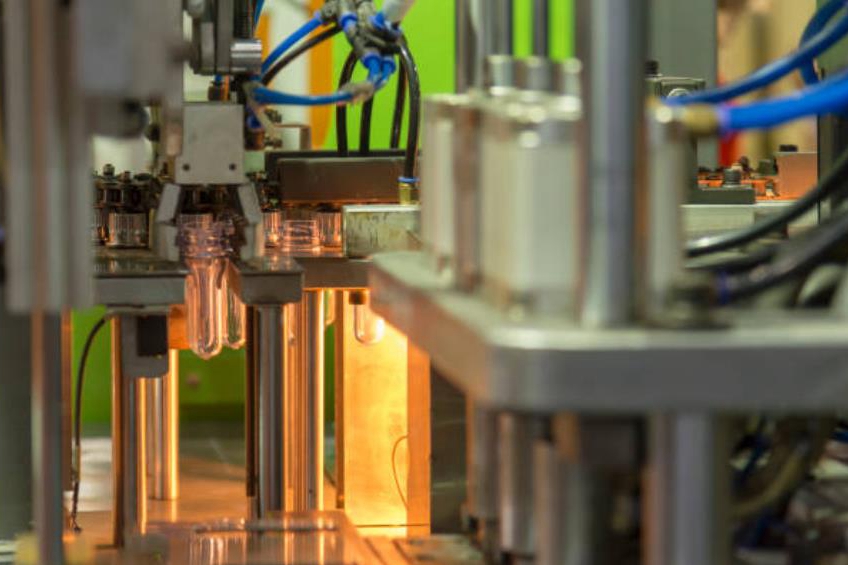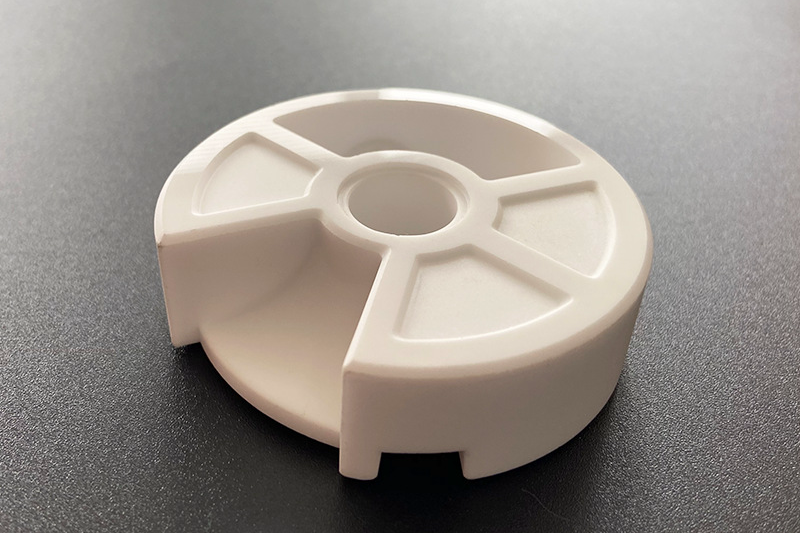How to ensure consistency across tens of thousands of lock parts in production?
Ensuring consistency across tens of thousands of lock components requires engineering control at every stage—from mold design to dimensional verification, material stability, and automated assembly. In high-volume custom parts manufacturing, tolerance drift, mold wear, and batch-to-batch variation are the biggest risks to operational reliability and anti-manipulation performance. Therefore, precision locks for locking systems are produced using process-controlled techniques such as metal injection molding, CNC machining prototyping for validation, and insert molding for multi-material assemblies. Each manufacturing step must be supported with SPC (statistical process control) and real-time dimensional monitoring to maintain micron-level consistency.
Process Design for High-Volume Precision
Consistency begins with manufacturable design. Pin chambers, sliders, and gear interfaces must be optimized for repeatable molding using powder pressing molding or MIM-A2 when high wear resistance is needed. Automated gating and uniform flow distribution ensure uniform density and prevent warpage. For projects with complex geometries, rapid molding prototyping is used to simulate mass-production conditions before tool steel is cut, reducing risk during scale-up.
Quality Control and Measurement
To maintain consistency, dimensional inspection must be integrated into production. Components are inspected using CMM, optical scanning, or in-line vision systems. SPC programs track trends such as mold shrinkage or machining tool wear. Materials such as MIM 17-4 PH and cast stainless steel are selected for their stable shrinkage rates and hardness after heat treatment, which helps maintain consistency in wear-sensitive contact areas.
Surface Treatment and Assembly Precision
Post-processes further influence consistency. Surface roughness variations can affect sliding performance, so precise finishing methods such as tumbling or electropolishing are applied to maintain consistent movement. Corrosion prevention is ensured through black oxide coating and anodizing. Automated assembly lines are often integrated with torque monitoring and pick-and-place robots, minimizing human variability while ensuring tight fit between interacting parts.
Validation for Long-Term Reliability
Before full-scale manufacturing, durability testing is essential. Using prototyping and 3D printing prototyping, functional samples are assembled to simulate wear and manipulation attempts. Performance validation includes life-cycle testing (50,000–100,000 cycles), corrosion evaluations, and temperature variation tests, ensuring that each production run maintains consistent performance over years of operation.



